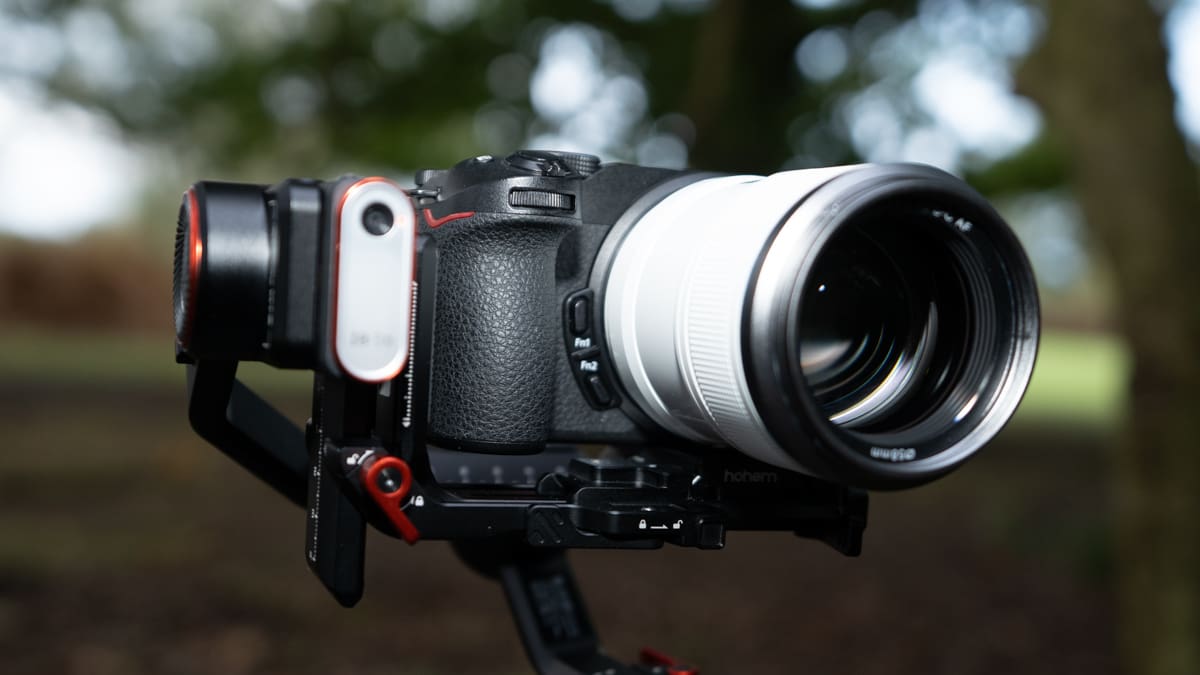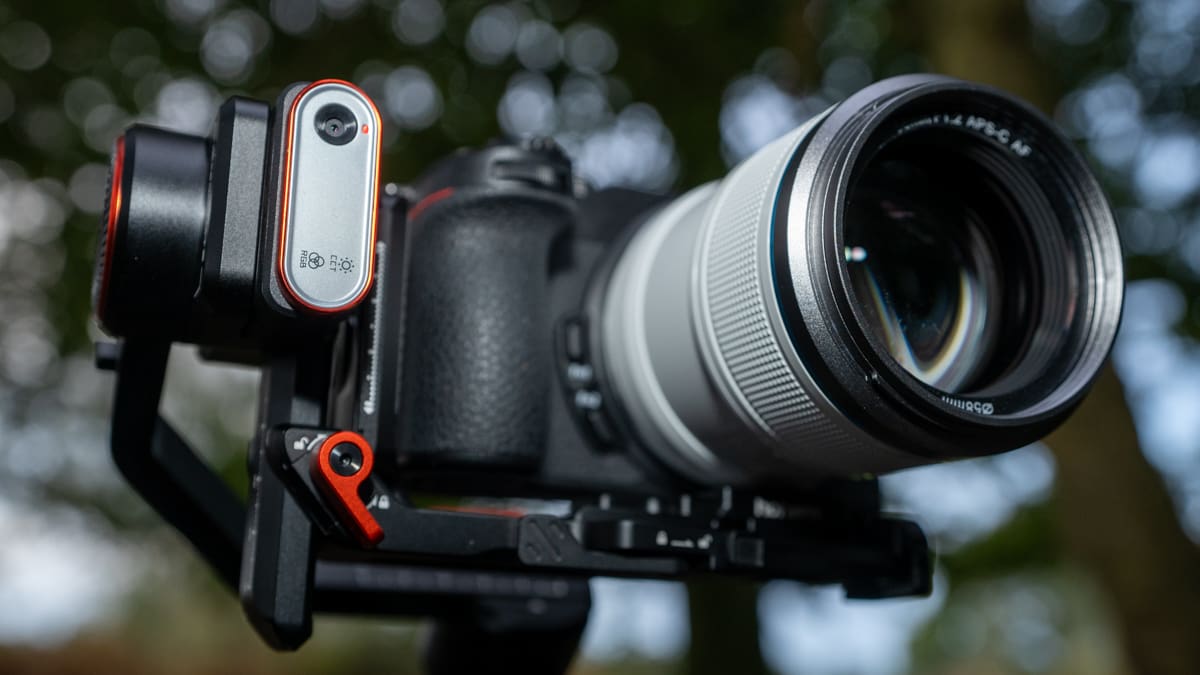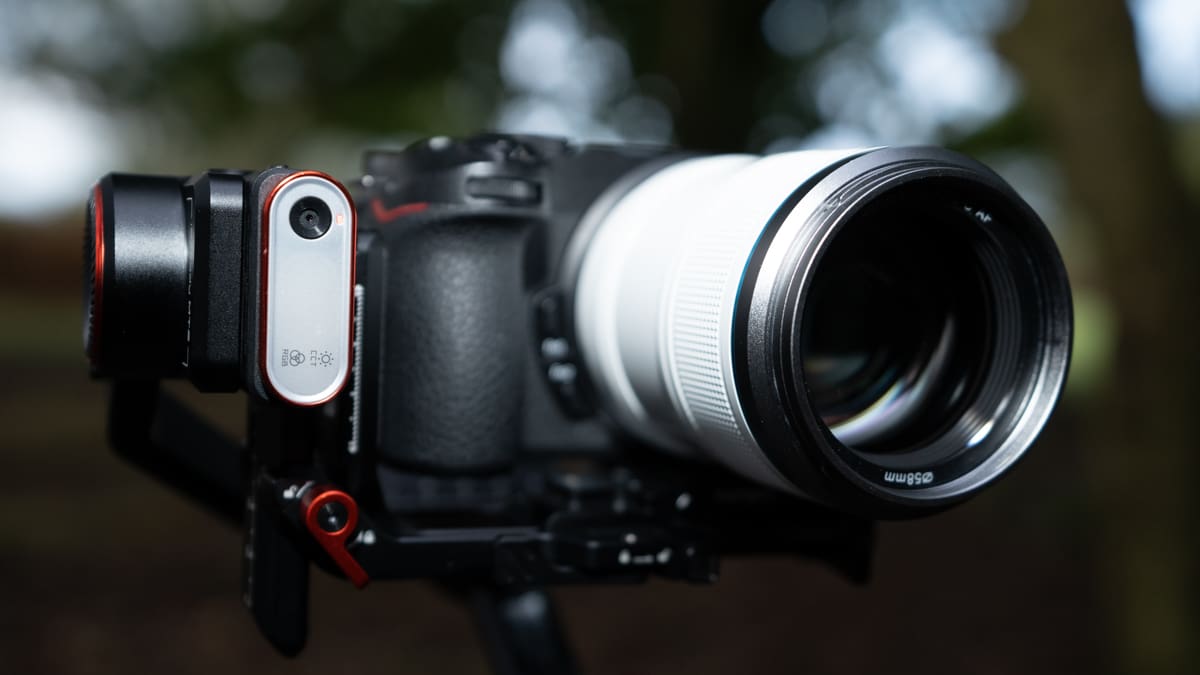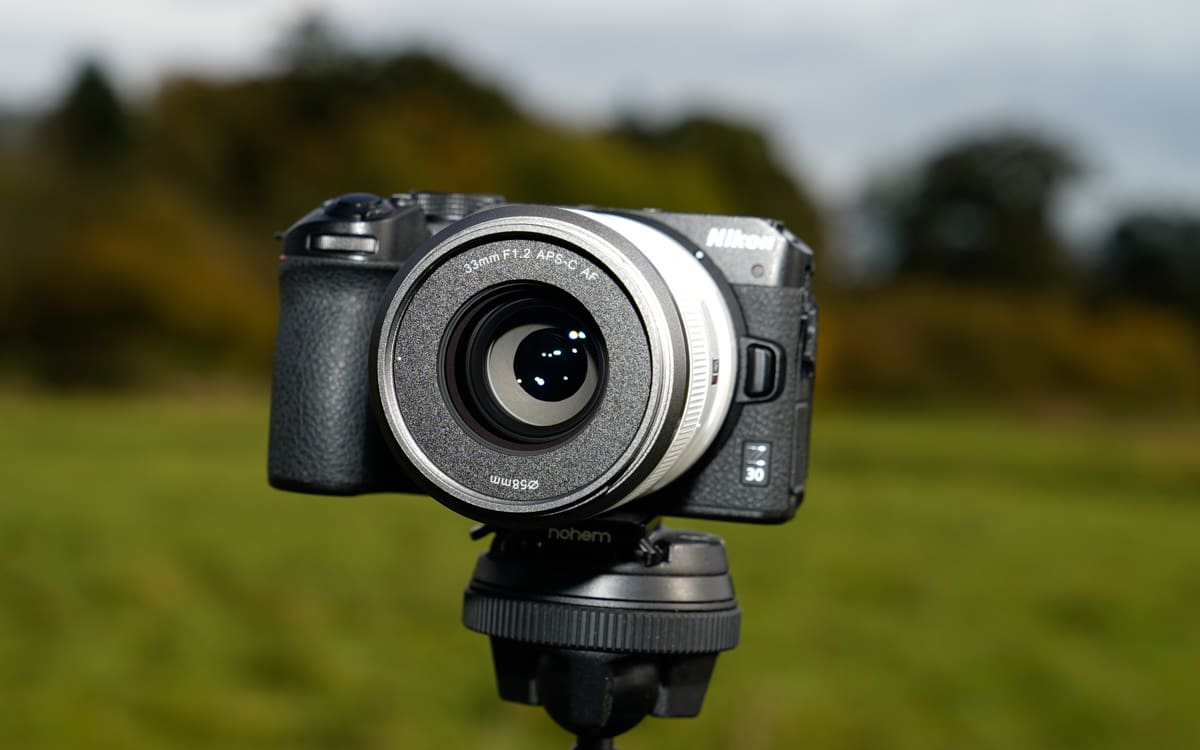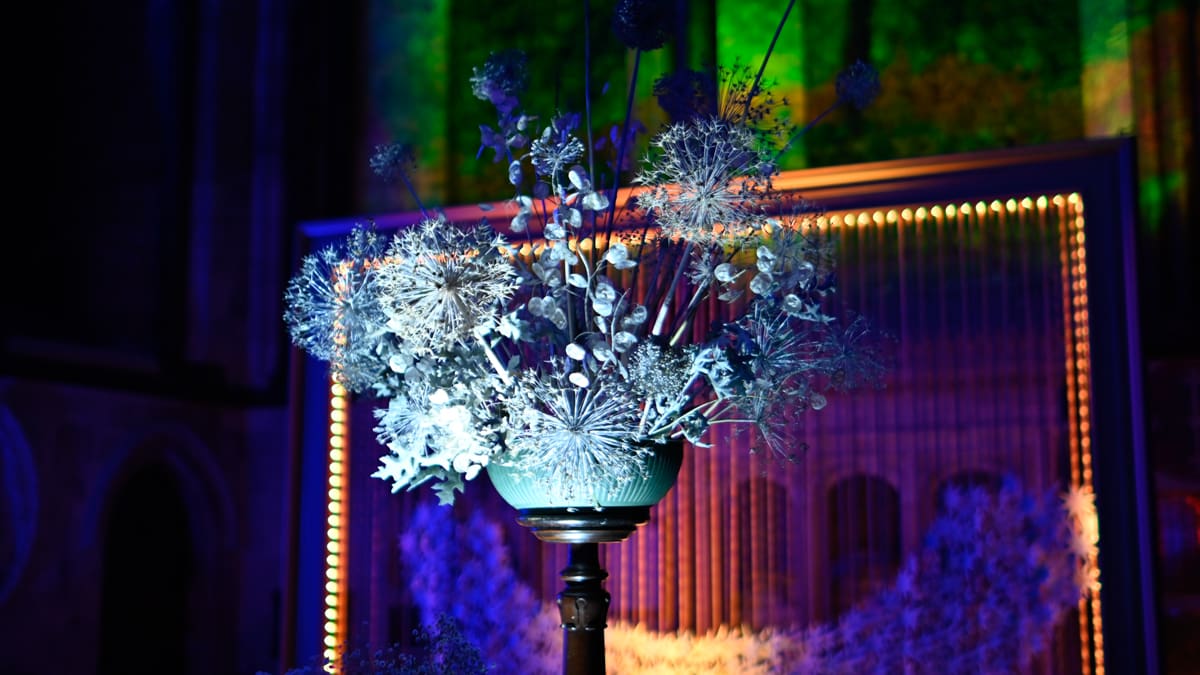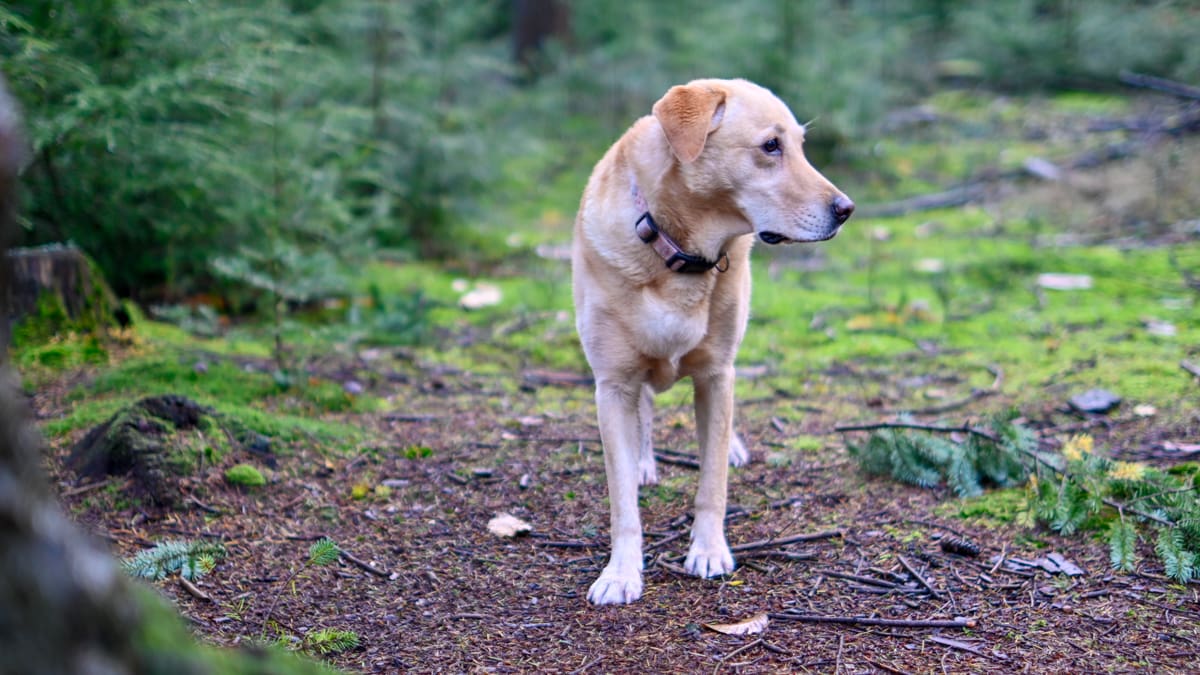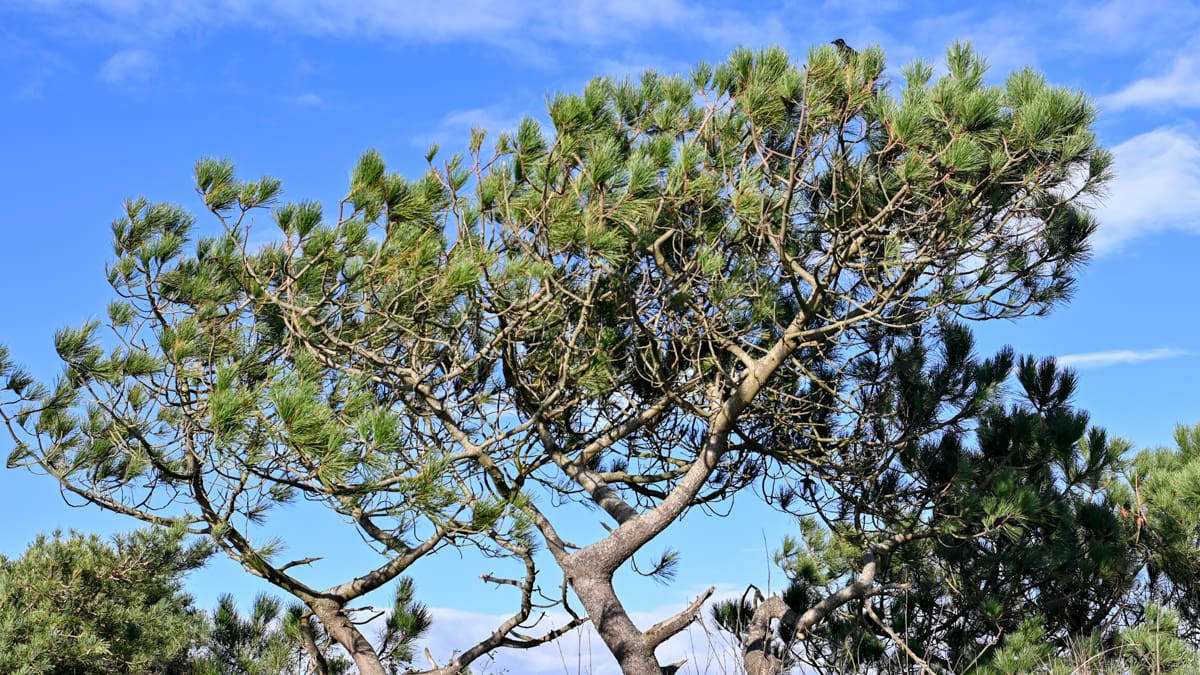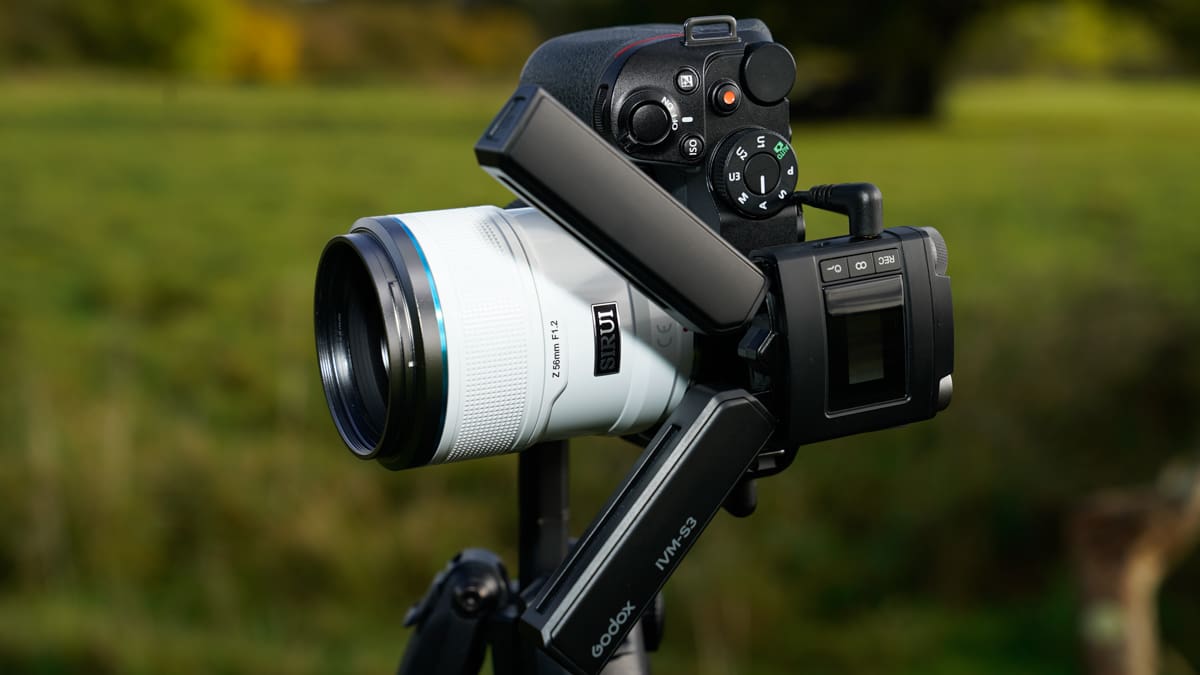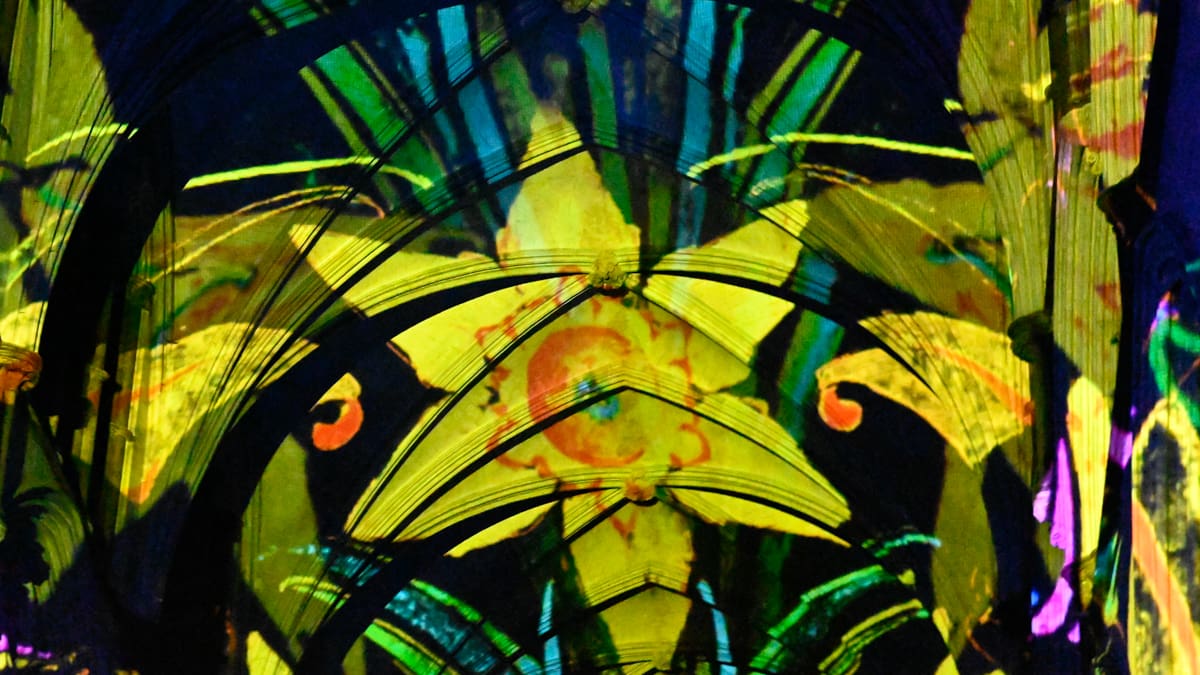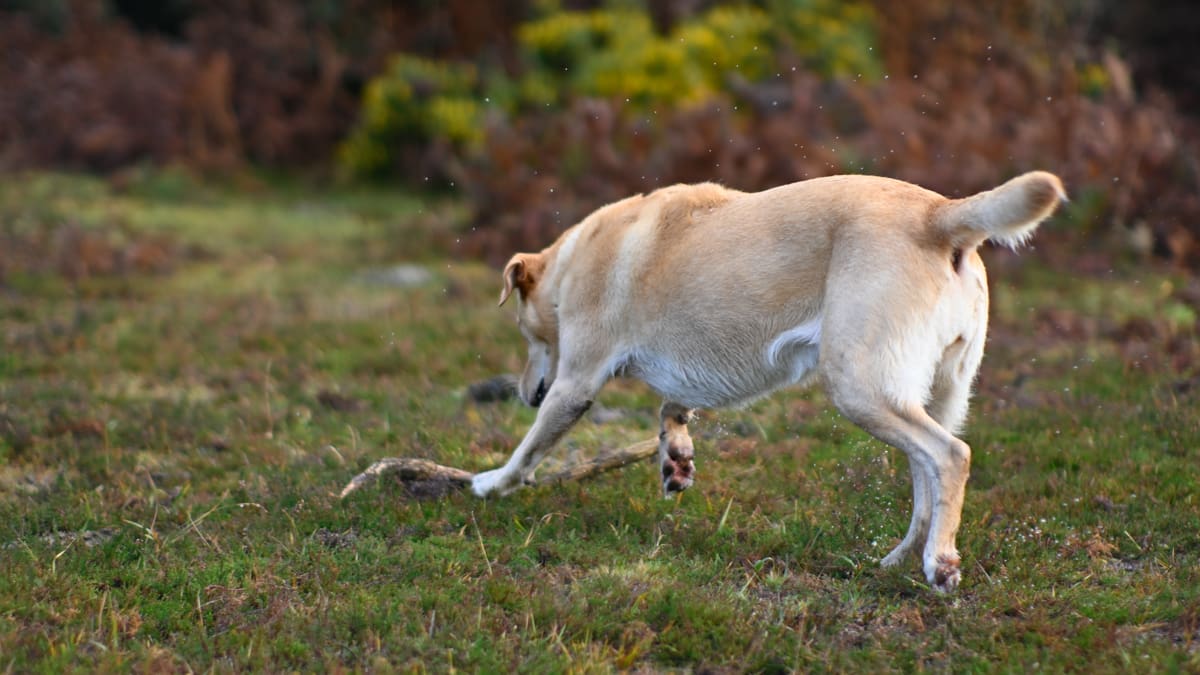Starting with the widest range, 23mm (34.5mm equivalent), the standard build and handling of the lens match that of the other two in the series. Control from manual to autofocus is handled through the camera, in this case, the compact and excellent Nikon Z30.
The ceramic-style finish gives the lens an unexpectedly high-quality feel, and the smooth focus ring enhances both the tactile experience and functionality.
Checking the filter thread, its quality is evident, with B+W filters screwing in smoothly, avoiding the grinding issues sometimes found in lower-quality lenses. In use, the lens’s AF speed matches that of the camera; the Nikon Z30’s performance in low light affects the lens’s speed and accuracy to some extent. However, as contrast levels increase with better lighting, the lens’s speed improves. Switching to the Nikon Z7, despite it being full-frame, enhances low-light performance.
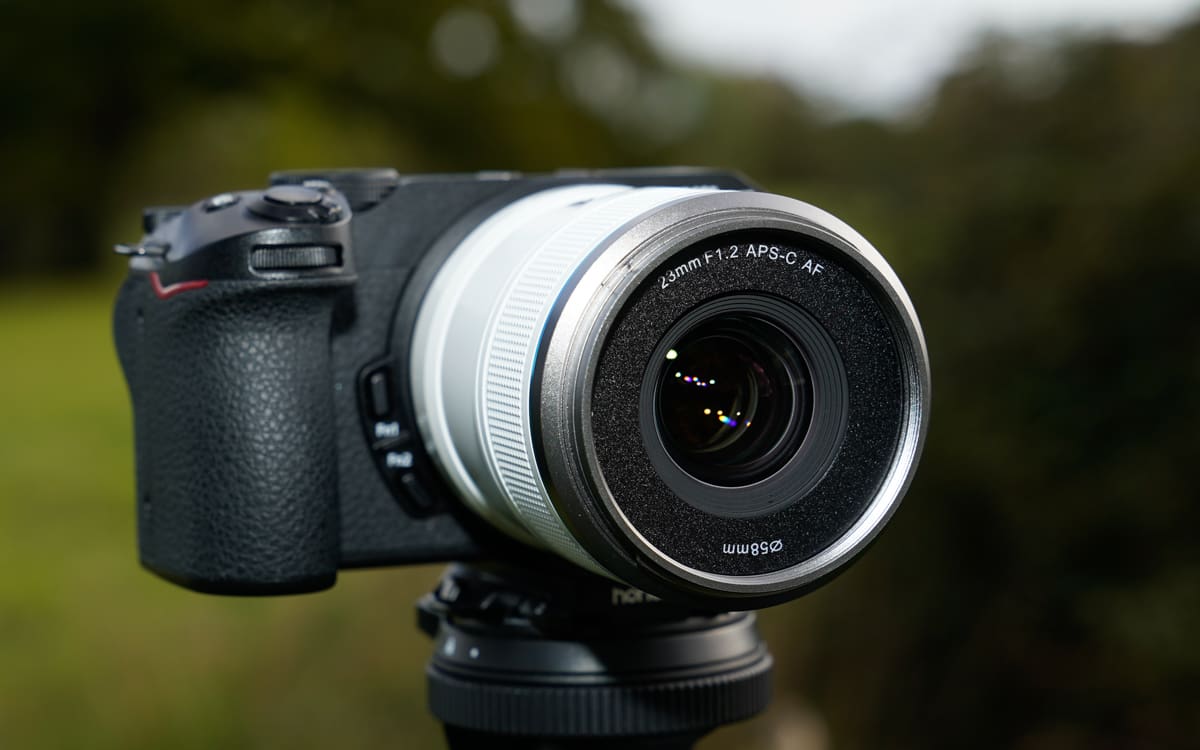
In normal light conditions, the single-shot AF performs well, allowing the camera to work effectively with the lens’s AF system. The overall AF performance for both cameras is good, with the Z30 showing improved AF speed with the latest 1.10 firmware.
Reviewing the images, the results are impressive, especially considering the cost of other f/1.2 lenses. Optically, the lens performs best at f/5.6 and f/8, offering excellent sharpness and a good balance throughout the image. Chromatic aberration is minimal, and detail handling is excellent.
At f/16, the image remains good, though there is some softening of tone and detail. The optimal balance between image detail and depth of field is at f/11.
The primary appeal of this lens is its ultra-shallow depth of field at f/1.2. At this aperture, distant details are limited, and image quality appears poor, but adjusting to f/5.6 – f/8 results in sharp images. Close up, the centre of the frame is sharp at f/1.2, but sharpness drops off quickly with depth, as expected.
In normal lighting, the lens is enjoyable to use, creating beautifully smooth backgrounds. The creative effects from f/1.2 to f/5.6 are superb, though careful focus is essential with the Z30 to avoid errors.
Switching to video, the lens provides smooth focus transitions and silent continuous AF motion, thanks to the STM motors. At f/1.2, the video captures incredibly shallow focus, but precise focusing is crucial. The video quality is excellent.
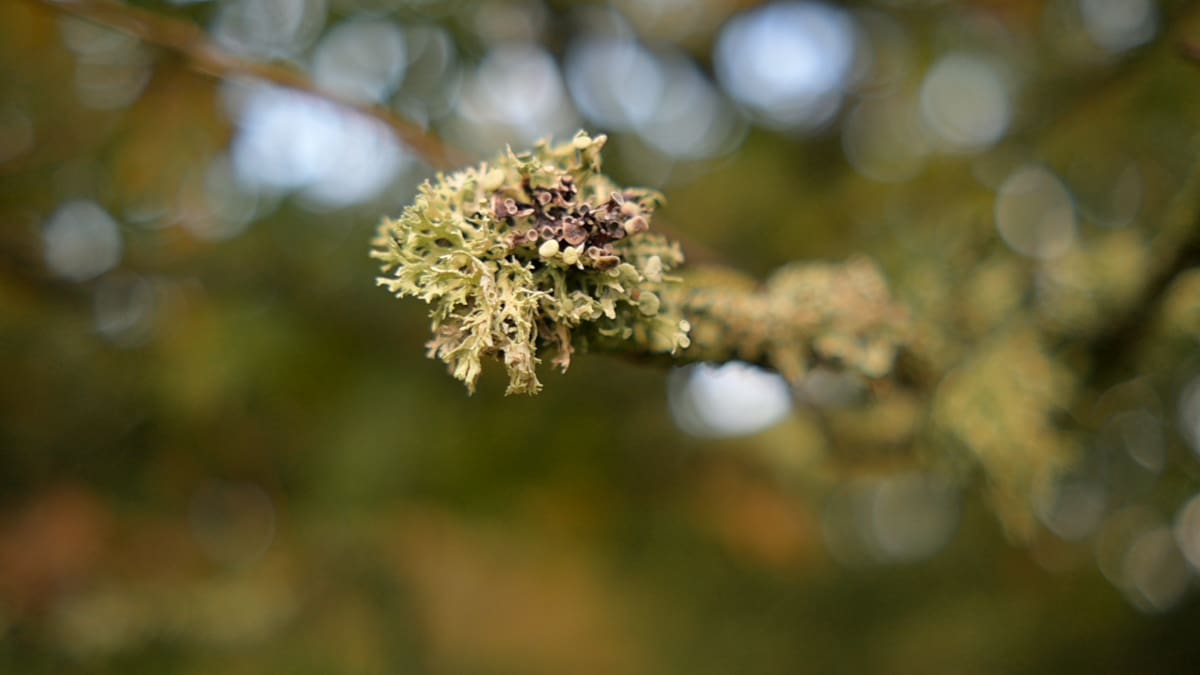

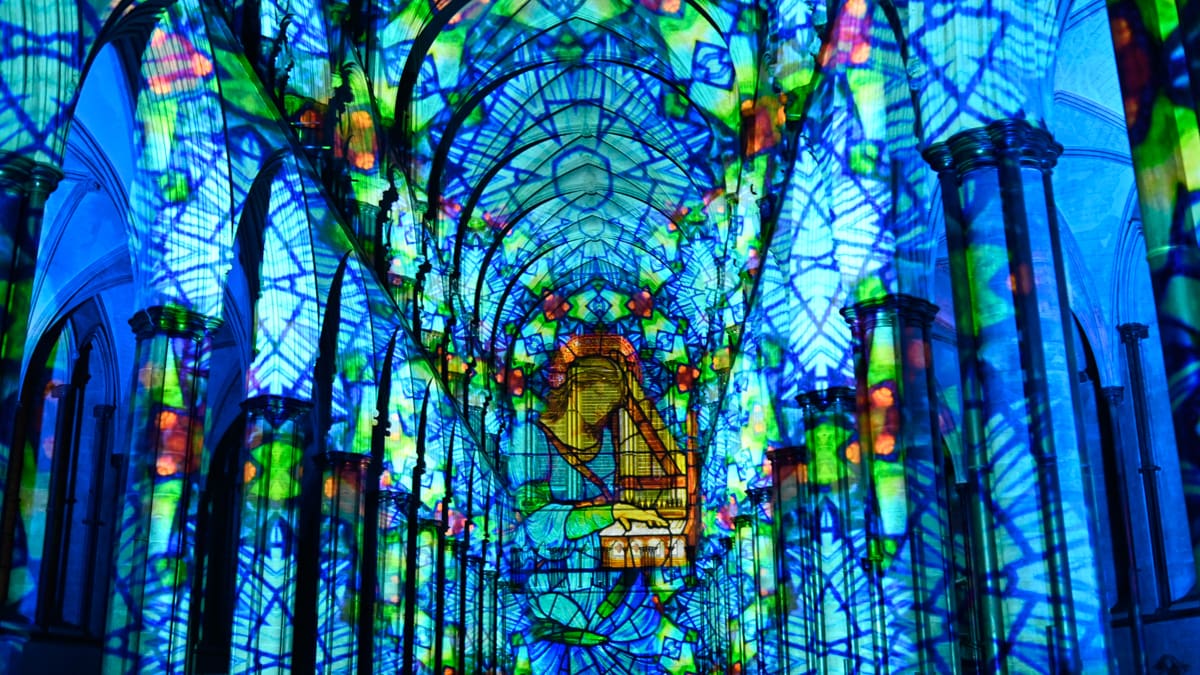

For both stills and video, the lens impresses with its large aperture, enabling soft backgrounds and smooth tones. The highlight is the large, round Bokeh, reminiscent of much more expensive lenses.
Check out the full review of the Sirui Sniper 23mm f/1.2 here
